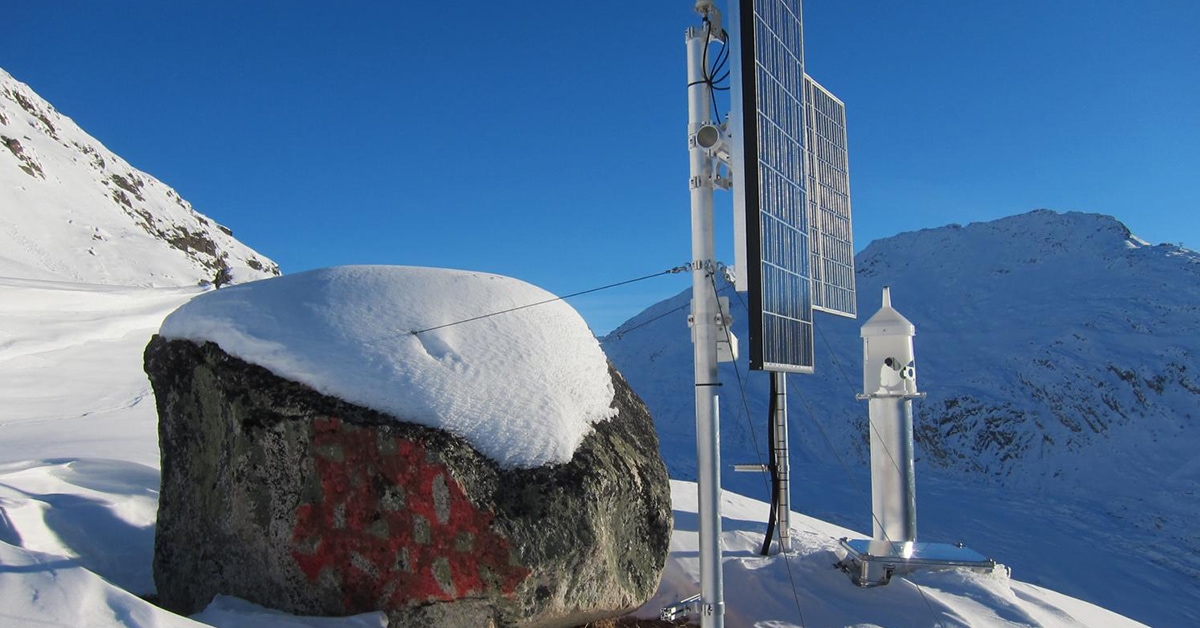Electrolytic tiltmeters are great solutions for projects that demand high accuracy, but some models, such as the 700 and 500 series, can be a bit sensitive to extreme temperature conditions. The greatest temperature range of one of these babies is -40° to +85°C, but don’t throw the sensor out with the bath water. Here are five tried and true precautions you can take to stave off the influence of tough temperatures.
- Keep It Shaded
You can protect your tiltmeter from extreme conditions right from the moment you install it. Be sure to pick out a spot that protects it from direct sunlight and provides ventilation. Put it underground or provide some shade with a canopy. - Brighter Is Better
Whenever possible, choose an instrument with light colors since dark ones soak up heat. - Know Your Accuracy
Before you even select your tiltmeter, be sure to establish how much accuracy will be needed for your project and ballpark what the temperature conditions will be like. According to that information, refer to your product datasheet for the temperature coefficients and then calculate the error caused by temperature before the sensor goes into action. If your accuracy requirements are greater than these errors, you won’t even need coefficients. - Get the Tough Stuff
Choose a tiltmeter design that minimizes thermoelastic deformation of the instrument itself. Compact, stiff housings are more stable and less likely to bend or vibrate than elongated beam designs with fixed ends. Try to steer clear of mechanical linkages between the internal sensor and outer enclosure. - Choose A Rock Solid Foundation
You’ll also need a thermoelastic-resistant mounting method. Go with 3-point mounting since it’s highly rigid and prevents the kind of bending and torsion you get with 2-point mountings. Mounting studs (typically threaded rods) that attach the tiltmeter to the structure should be as short as possible and each is the same length and material. If you really need them, thermally stable invar studs can also be used, but cost more dough.
Learn More about Electrolytic Tiltmeter Temperature Coefficients
